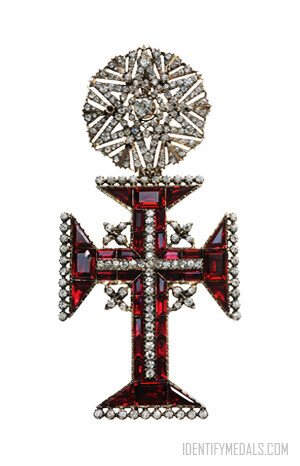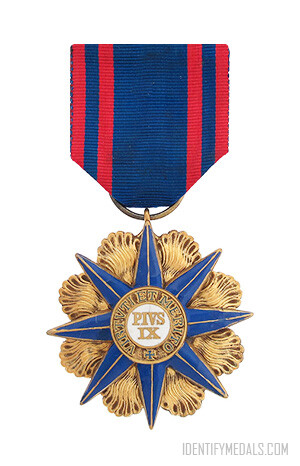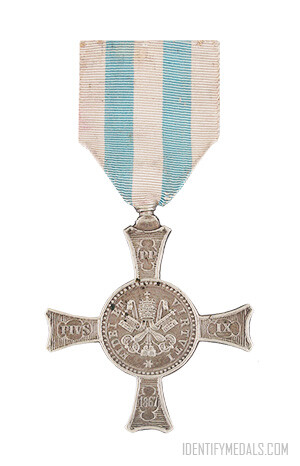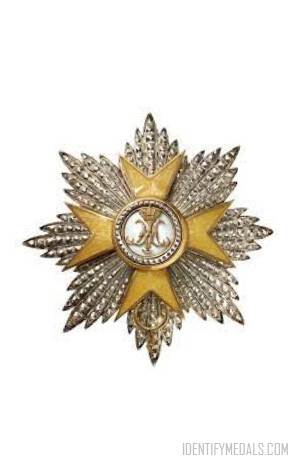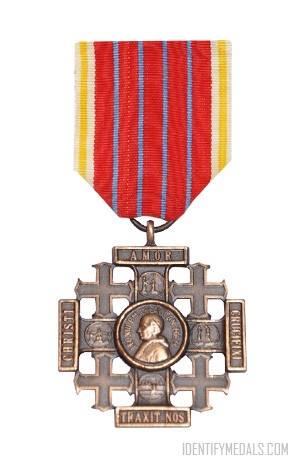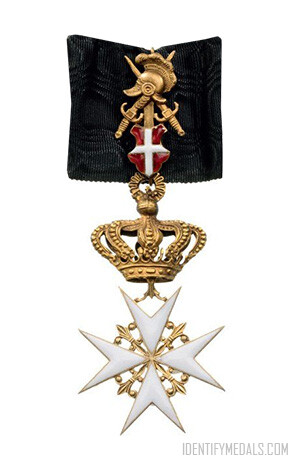- Time Period: Pre-World War I
- Institution: 1319
- Country: Vatican, Portugal (Disputed)
The Supreme Order of Christ, known in Italian as the Ordine Supremo del Cristo, holds the distinction as the highest order of chivalry that can be bestowed by the Pope. Since 1987, there have been no new appointments to this prestigious order. Following the passing of the last remaining knight, King Baudouin of Belgium, in 1993, the order entered a period of dormancy.
Scholars suggest that its origins trace back to the Order of Christ of the Knights Templar, which also gave rise to the Order of Christ awarded by the kings of Portugal and the emperors of Brazil. Originally, the Portuguese order had both secular and religious aspects, but by the 18th century, the religious aspect had faded away.
The Portuguese Controversy
The Portuguese Crown has asserted its authority to bestow the Order of Christ. However, the Papacy contends that the Portuguese monarchs’ right to confer the Order was granted by a Pope through the Bull Ad ea ex quibus issued in Avignon in 1319.
Although the Bull itself does not expressly confer upon the Pope the authority to issue the Order, successive popes from Pope John XXII onward have done so. For many years, the Portuguese monarchy contested the Papacy’s right to grant the Order, and in one notable instance, apprehended an individual for wearing the Papal Order.
The stance of the Crown of Portugal was that the sole legitimate fons honorum was the Crown. However, this claim is disputed by the Papacy.
The Supreme Order of Christ Design
The insignia of the Order is a gilt cross with enamel with a longer lower arm. In the era of monarchy, distinct badges were assigned to civil and military knights: civil knights sported a badge resembling the contemporary version but adorned with the Sacred Heart of Christ above it. Conversely, military knights bore a completely different insignia—a gilt, blue, and white enamelled Maltese Cross, featuring white enamelled oval shields between the cross arms, each bearing a design akin to the Coat of arms of Portugal minus the red border.

